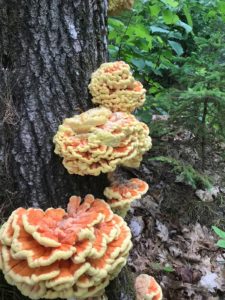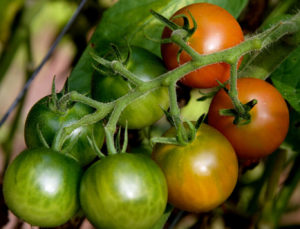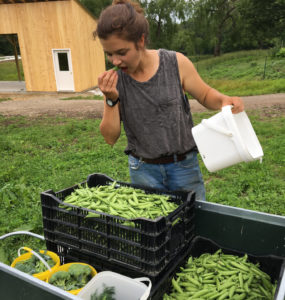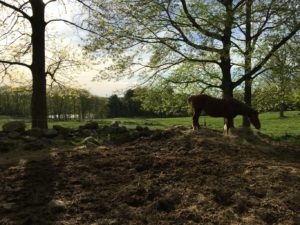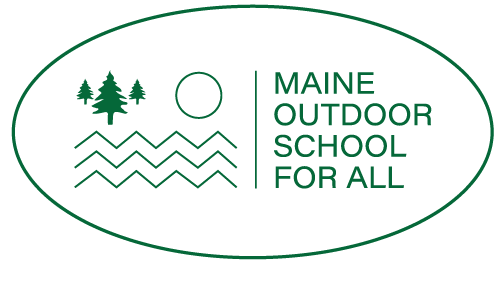From Steve Shea, the 5/6 teacher at the Elementary School at Chewonki:
5th/6th Grade Class Update
Last week, our class gathered at the farm and circled up in the hayloft for a lesson on real-life economics. Lisa and Megan joined us and kicked off the unit by defining a few of the most important terms that would soon become familiar: inputs and outputs, both qualitative and quantitative. They gave us many examples using Sal, the farm horse. Students then paired up and were given an animal group to focus on. With clipboards in hand, we climbed down to make lists of “inputs” and “outputs” for the focus animals. We observed the living quarters of chickens, cows, pigs, and sheep. Their inputs included food, water, infrastructure, and human labor. Various outputs included tangible items like fertilizer, meat, wool, milk, and eggs, and intangible items like sounds and footprints. Once these lists were made, students highlighted the items that could be assigned a monetary value. This information would provide the basis for our second day of study.
Lisa and Megan returned the next day with spreadsheets that gave the actual costs of the quantitative inputs and outputs that we had written down. The applied math class was a wonderful thing to behold; livestock purchases, animal feed, farm supplies, veterinarian services… all of these costs had to be defined, organized and totaled. The students had many great interactions and questions regarding the actual or possible value of the inputs and outputs: “How did more chickens get processed than were purchased?” “Why are farm costs so high in January?” “Why were pork costs so low in 2013?” and “Why are so many costs unstable?”
Our farmers did a great job of turning these questions around to discover what the class thought were possible answers. More often than not, the students could figure out the answers for themselves. Megan and Lisa also left purposeful blanks in the spreadsheets that led to the need for even more calculations from the class. We accomplished all of the figuring with paper and pencil, and then passed out calculators to ensure their answers were correct.
Our third farm economics session was highly anticipated by the students and did not disappoint. Final figures were tallied for each animal group, then each pair of students presented a summary of their findings to the class, including profit/loss suggestions for lowering costs or adding value. Wrestling with “slim profit margins” was an eye-opening experience for the students. I felt like many of the students were also struck by how much the farm animals add to our community that we cannot easily quantify on a spreadsheet.
Many thanks to Lisa and Megan for helping us apply mathematics in an organic way. The benefit of figuring out real-life math problems with tangible impact was obvious, and our students rose to the challenge. Using mathematics to help us make rational decisions was a great example of how our economic world works. Moving forward, I hope to do many more of these “connected” math lessons. The farmers will also provide us with more data so we can use actual Chewonki Farm statistics in our current math units (fractions and ratios). Exciting stuff!





